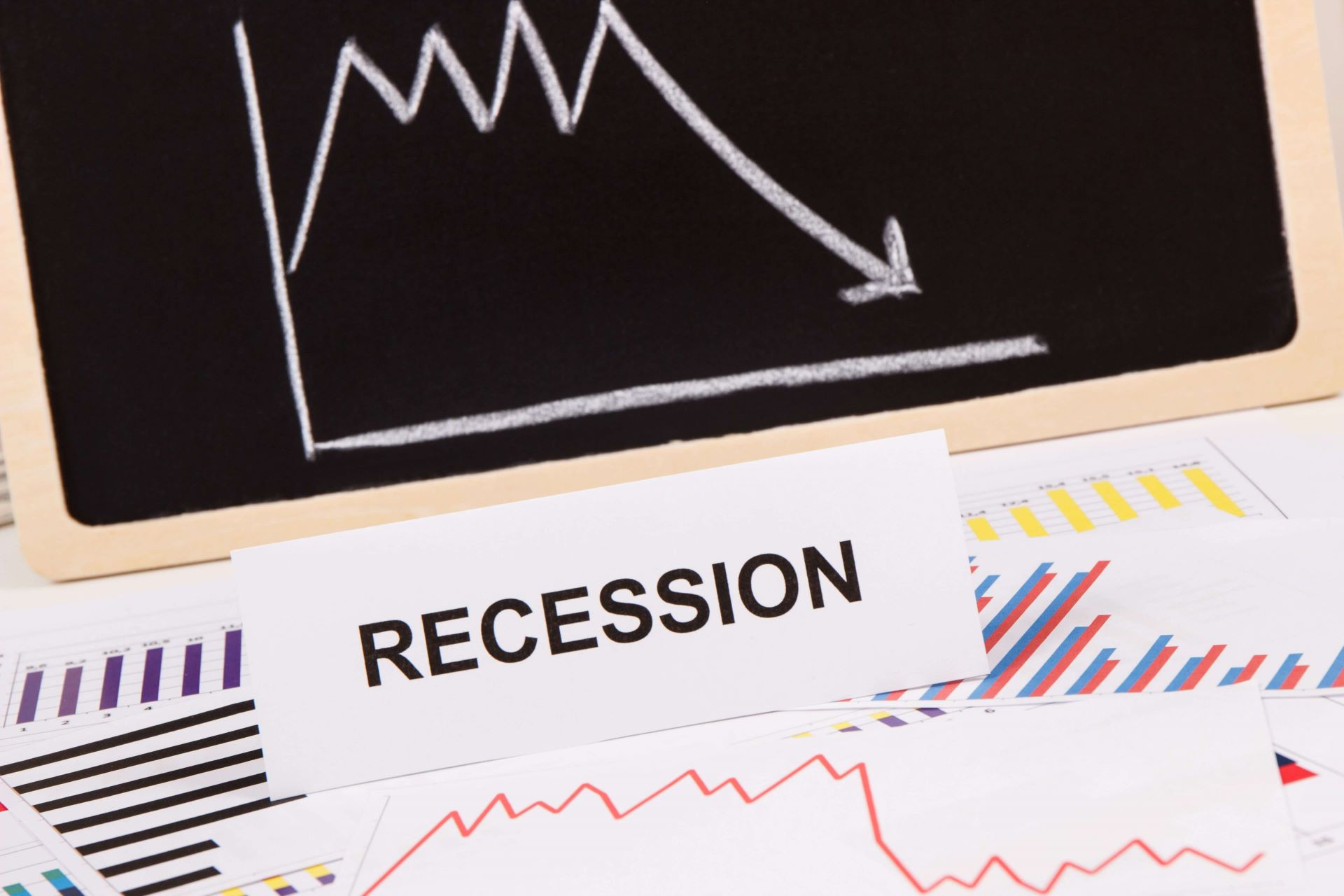A US recession may be what stops your plans of buying the perfect condo for sale — or probably not. However, it will definitely have an impact on our country’s economy. In this article, we’ll show you what’s happening to the US economy right now, what it means for our country, how past recessions have affected our country, and how recessions end.
The US Economy Is About to Face Its Biggest Recession
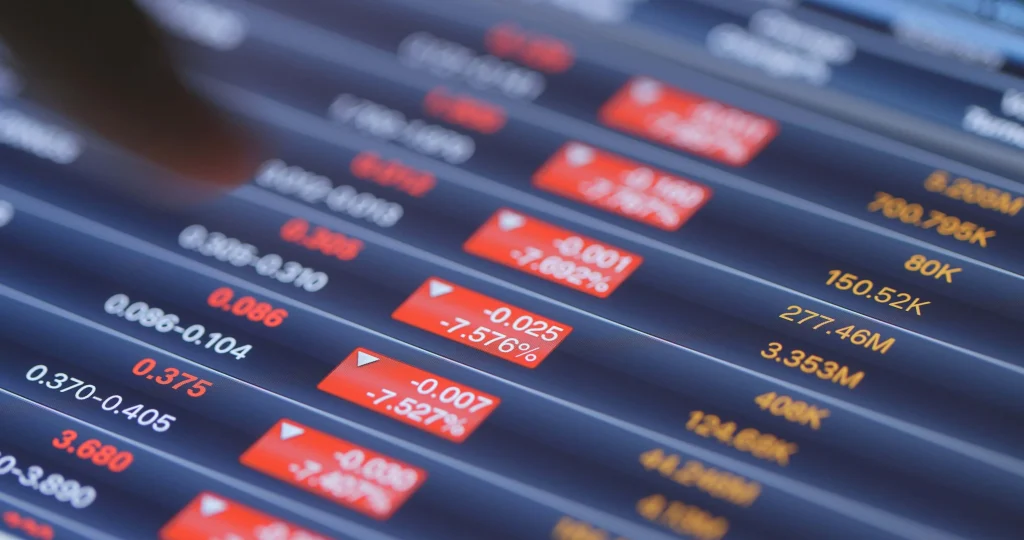
It’s been looming since last June that the United States of America will face its most significant recession since World War 2. On June 23, 2022, Bloomberg Economics’ model said that there is a 100% sure probability of a recession by the beginning of 2024. Economists from major banks like the Deutsche Bank AG said that it might begin in mid-2023. Meanwhile, other banks see it coming as soon as the end of 2022.
However, even with ballooning prices of goods, services, and high inflation, most economists still say that the US is currently not in a recession — albeit most people feel like it’s already happening.
Bloomberg also said that economists are generally seeing the potential recession as just mild or moderate. Be that as it may, all recessions are bad and will most definitely be felt by the middle class. Even a mild recession could cost thousands of Americans their jobs.
Speaking of jobs, CNBC reported last August 5, 2022, that the US produced 528,000 jobs last July (yes, just for that month). This brought down unemployment rate down to 3.5%, which is tied with the country’s lowest since 1969. It’s mystifying how this could happen since there is no historical precedent that this was possible.
Unfortunately, just because the country is producing more jobs now doesn’t mean there won’t be a recession in the future. The consumer price index is the most widely used measure for inflation and is expected to show even more upward pressure — even with the drop in gasoline prices last July. This can complicate how their central bank could balance rate increases without completely driving the economy into a recession.
As for business leaders, Yahoo! says 60% of CEOs are already expecting a recession by 2023. Some are even convinced that it’s already happening. According to the survey conducted by The Conference Board, 60% of CEOs expect the economy to decline in their main area of operations in the coming 12 to 18 months. Meanwhile, 15% of them said their region might have already entered a recession.

The US Federal Reserve already raised its interest rates by 0.75%, which is its largest rate hike in more than 20 years. Because of this, Wall Street saw a wave of downward forecasts, and economists at the Bank of America Global Research reduced their growth forecast as they’re seeing a 40% chance of a recession in 2023. On the other hand, JPMorgan strategists see things even worse, as the Standard and Poor (S&P) 500 — a stock market index — decline means an 85% chance of a recession.
Even Elon Musk said that he had a “super bad feeling” about the economy. This was why he planned to cull about 10% of jobs in Tesla and pause all of their hiring worldwide.
Elon’s announcement started a domino effect that other companies are also revising their hiring plans and will probably be laying off workers. For example, Coinbase, a cryptocurrency exchange platform, fired 18% of its staff to “prepare for an economic downturn.”
All of this talk about the US economy may make you wonder how this could affect your plans. Will this mean you shouldn’t buy a condo for sale? Will our country also face a recession? Let’s find out.
What Does This Mean for the Philippines?
According to Business Mirror, a recession in the US will have negative effects on the full economic recovery of the Philippines. Why is that?
In case you didn’t hear the news, last February 2022, PhilStar reported that remittances drive up and contribute to the economic recovery of the Philippines. The country remains heavily reliant on overseas remittances in terms of boosting the purchasing power of Filipino households, which is why inflow in remittance is essential for economic recovery.
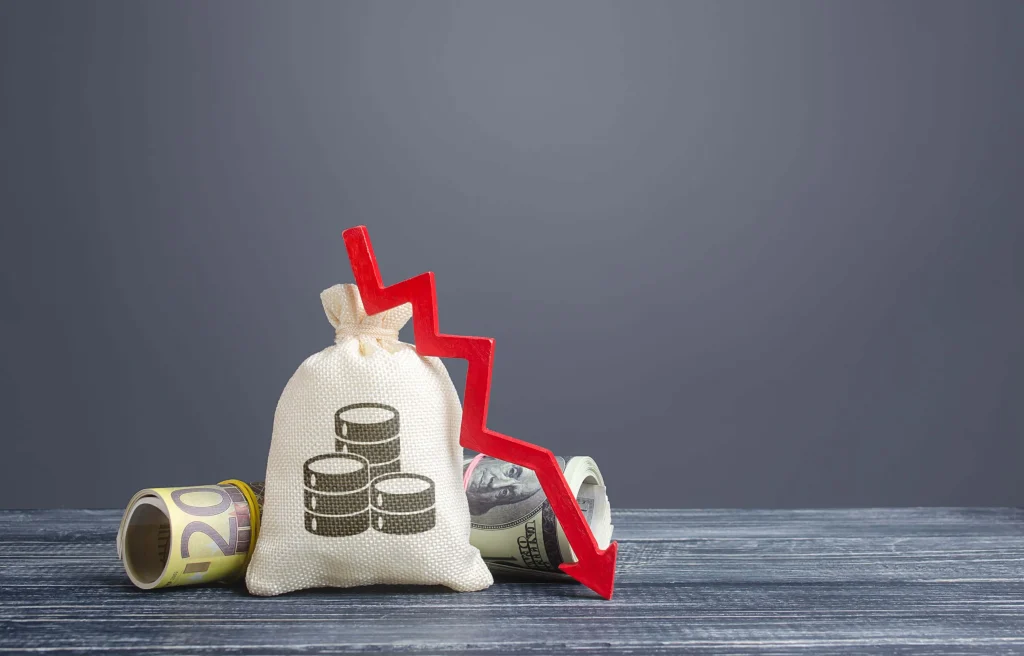
The US is one of the biggest sources of overseas remittances in our country, with around 40% of total inflows. If the United States falls into a recession, that would mean Overseas Filipino Workers (OFWs) who support their families here will be less capable of sending money because they’ll have tighter budgets in the US. Worse comes to worst, they could also be laid off from their jobs.
Unfortunately, it doesn’t stop there.
Some sectors in our country will also feel the recession in the US (on top of the current recession we’re already facing). According to Alvin P. Ang, the Economics Department Chairperson at Ateneo de Manila, the main sectors that will experience the blow of the recession are the Business Process Outsourcing (BPO) industry, tourism, and trade.
In April of this year, the US was one of our top trade partners, reaching a total trade of 1.64 billion US dollars. Our imports already reached 687.76 million US dollars and our export earnings that come from the US reached 955.17 million US dollars. According to an economist from the University of Asia and the Pacific (UA&P), in 2020 alone, the US and our country traded at least 19 billion US dollars in goods and services. Not to mention, aside from trade, the US is also one of our biggest foreign investors.
So, it’s smart to say that if the US economy suffers, so do we — to some extent. Unfortunately, the following months and years will be completely different from before because we were already suffering because of the pandemic (and still yet to recover), fuel price increases brought on by the Russia-Ukraine war, and the borrowing spree of the previous administration.
It has been reported that the Duterte administration left the Marcos administration with 12.79 trillion pesos worth of debt. Hence, the last thing we need is a debt-induced recession for our country since a global recession may happen.
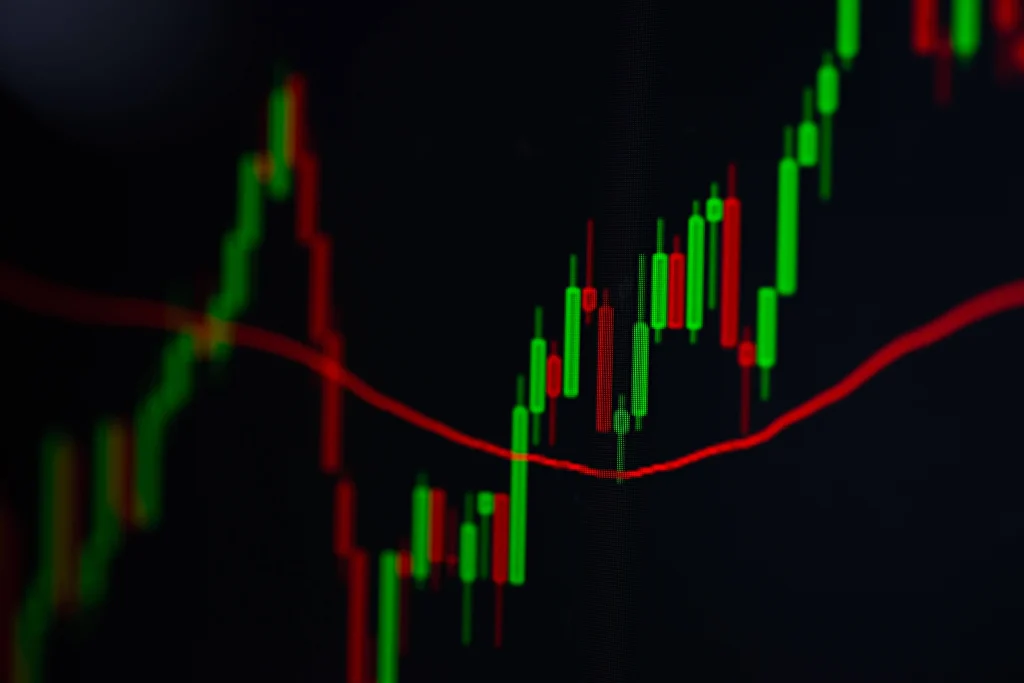
We could rely on the agriculture sector to help keep us afloat. However, solely investing in agriculture will not be enough because it can’t absorb all Filipinos who will end up jobless because of a recession. The priority of the current administration should be to develop industries that will help attract foreign investment, which means the country must have the ability to adapt to digital technologies. This will help reduce the cost of industrialization.
At the same time, the administration should also strengthen domestic economic growth, which will involve stimulating the local business environment. If the US finally enters the fore-sought recession, we can’t put our faith in even more external assistance. Otherwise, we’ll plunge our country into even more debt, which means higher taxes and interest rates. Buying a condo for sale now may be a good idea before all of these negative impacts happen and prices continue to rise.
Past Economic Decline in the Philippines
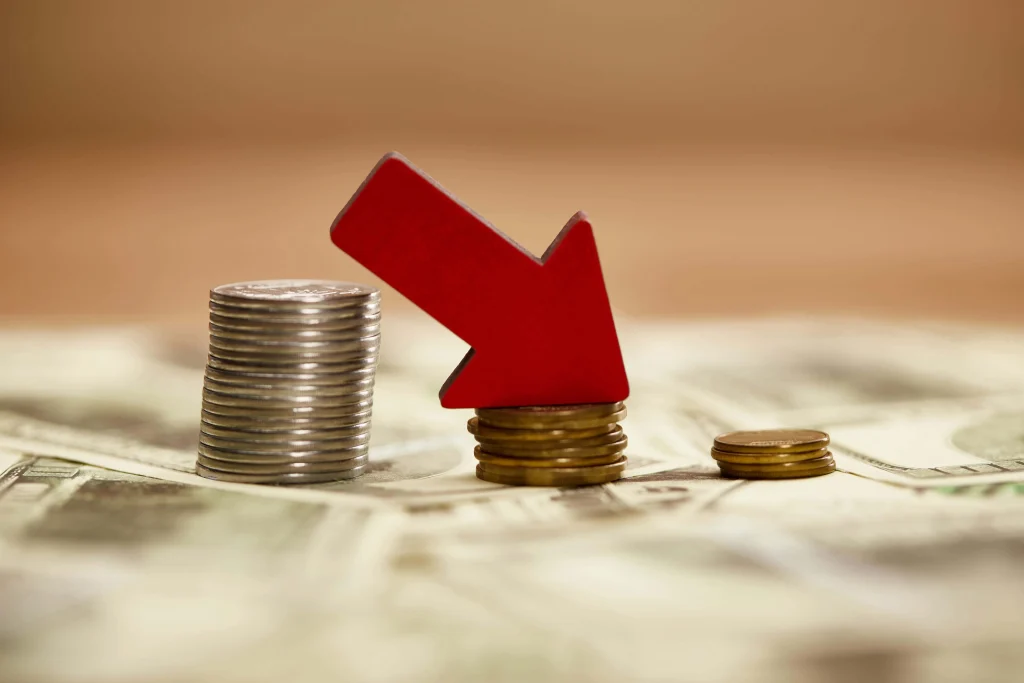
The World Bank has data on GDP growth in all countries in the world. As an institution, it also provides loans and grants to governments so that they can pursue capital projects. So, basically, it’s a bank but for governments or countries.
According to the World Bank’s historical data on the annual GDP growth of the Philippines and the Philippines’ economic outlook, you can see five economic slumps: 1984, 1991, 1998, 2009, and 2020. Here’s what happened:
1984
Ferdinand Marcos Sr. started his presidency strong, with GDP peaks at 8.8% in 1973 and 1976. This is due to his massive lending from commercial banks that reached about 62% of external debts, which then increased the inflation rate during that time. According to World Bank data, inflation rose from 17.1% to 32.9% in just one year (1973 to 1974).
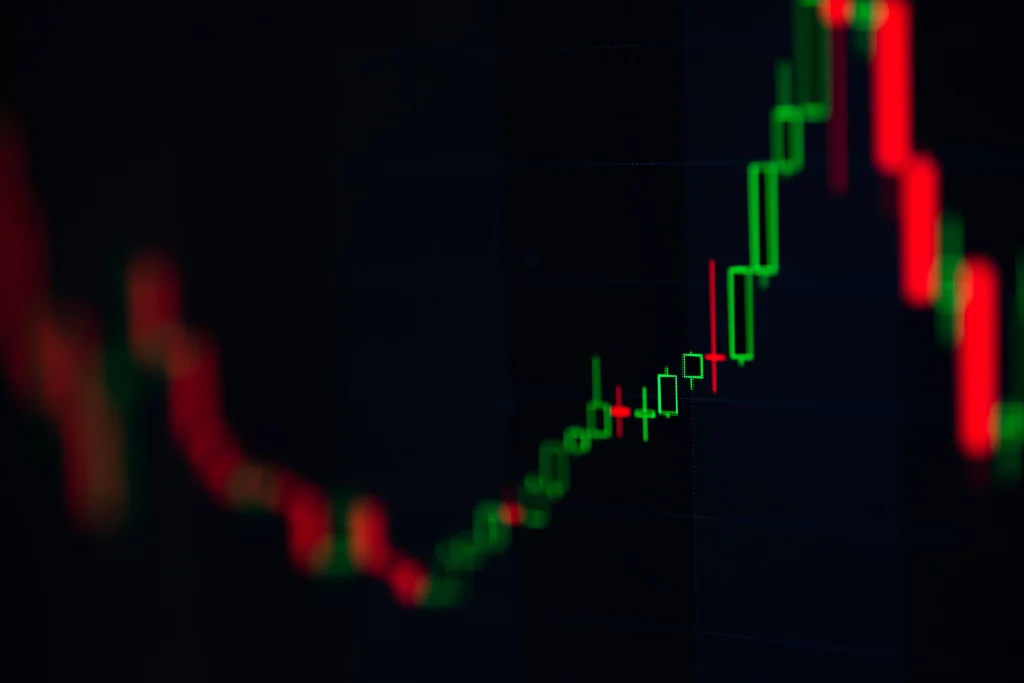
Unfortunately, by the end of his term, the country experienced its lowest economic recession in 1984, with a GDP of -7%. Consequently, the inflation rate during that time was also the highest ever recorded in the Philippines, with a rate of 54% (note that the acceptable inflation rate for a country is 2% or below).
We were hit really hard by the global oil crisis in 1979. At the same time, the US Federal Reserve raised interest rates in the early 1980s. Our country’s debt in 1984 was 24 billion US dollars, and since the US raised interest rates, this ballooned our debts almost instantly.
1991
In December 1989, the administration of then President Corazon Aquino had to face a coup d’état by the members of the Armed Forces of the Philippines (AFP) who were loyal to the last government administration. Unfortunately, situations like this can cause foreign investments to decline, as other countries don’t like to invest in countries that don’t have a stable government.
On top of that, in 1990, the country faced an energy crisis as the drought had a negative impact on the agriculture sector and hydroelectric power plants.
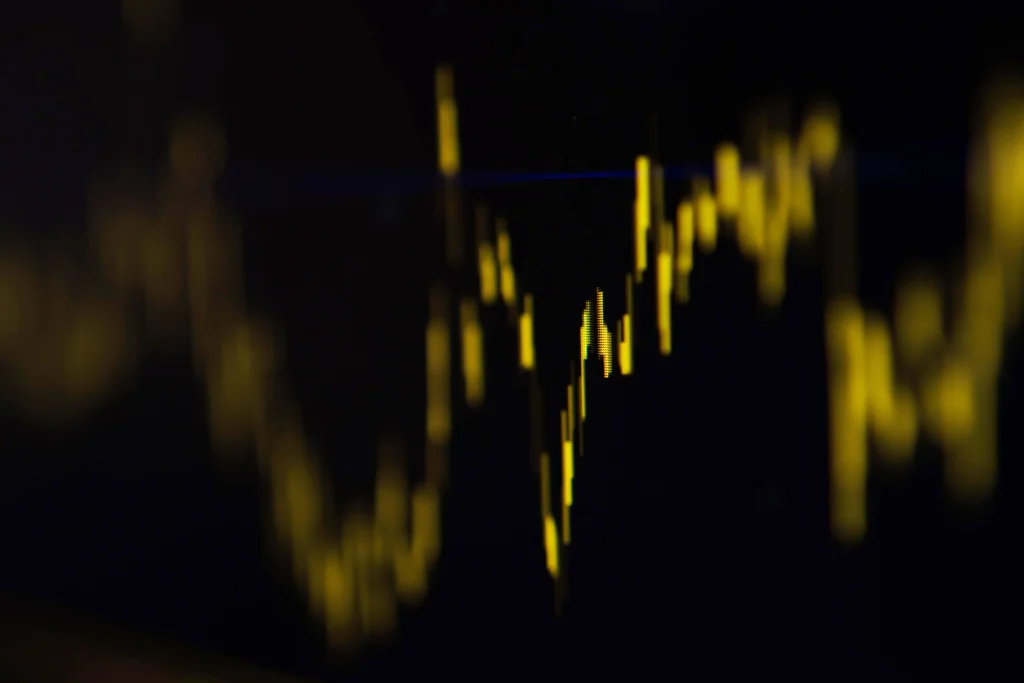
These two occurrences have already crippled the recovering economy of the country. Unfortunately, that wasn’t the end, because, on June 15, 1991, the second largest volcanic eruption of the 20th century occurred — the Mount Pinatubo eruption.
Natural disasters have long been known to hurt a country’s GDP. So, from 6.2% GDP growth in 1989 down to 3.1% in 1990, and then we fell further down to -0.4% in 1991.
1998
As per the World Bank annual GDP growth data, our country fell from a 5.2% growth in 1997 down to -0.5% in 1998. According to the Wall Street Journal, the falling output was caused by two typhoons (Iliang and Loleng) in October which weakened both the agriculture and construction sector. But before that, in the first half of 1998, the country faced a severe drought that devastated the agricultural sector with a 6.7% drop.
2009
The 2009 economic crisis was brought on by the Great Recession between 2007 to 2009. This economic slump began when the US housing market crashed, coupled with the failure of the US government to regulate the financial industry.
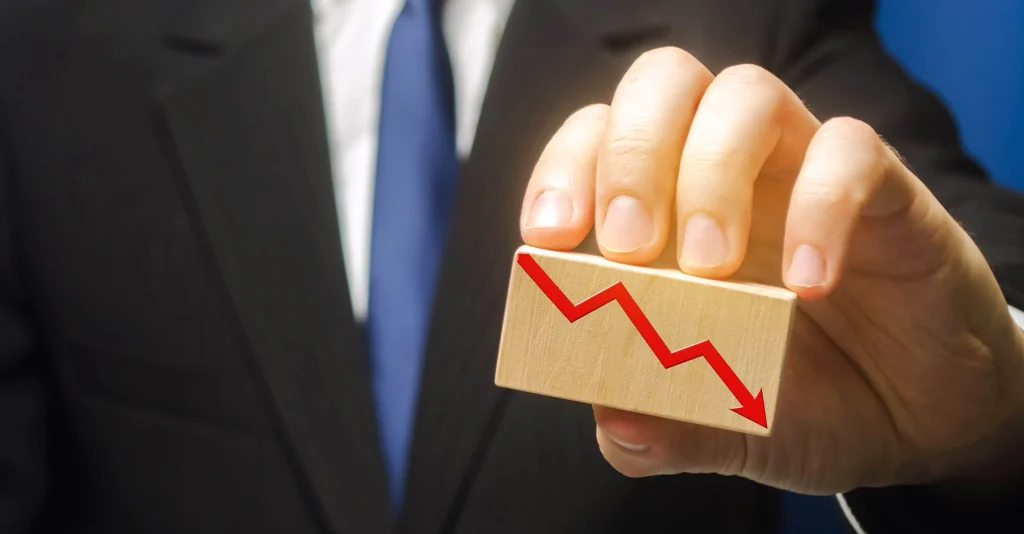
There were too many financial firms that followed a shadow banking system, entered too many risks, and excessive borrowing by both consumers and corporations.
In the Philippines, our stock exchange dropped by 9.3% and our GDP fell from 6.5% annual growth in 2007, down to 4.3% in 2008, and even further down to 1.4% in 2009. Still, those are good numbers compared to our historical slumps that reached a negative growth.
2020

Also called the pandemic recession, the 2020 recession was the worst economic performance of the Philippines since 1984. Our country’s GDP fell to -9.5%, which is the lowest ever recorded GDP of our country, according to World Bank data.
For the rest of the world, this is also one of the worst economic downturns, as almost every single country on Earth suffered an economic freeze. Businesses were shut down, families couldn’t even afford a condo for sale, and some were stuck far away from their homes.
When Do Recessions End and Economic Growth or Economic Recovery Begin?
Essentially, recessions end when the gross domestic product in a country stops falling. For economists, they’ll only consider a recession’s conclusion if the GDP starts to rise again. This is also called economic recovery.
The economy begins to adapt and adjust to the new conditions brought on by the recession, including the factors that caused the recession, policies, and rules implemented by banks and governments in response to the recession.
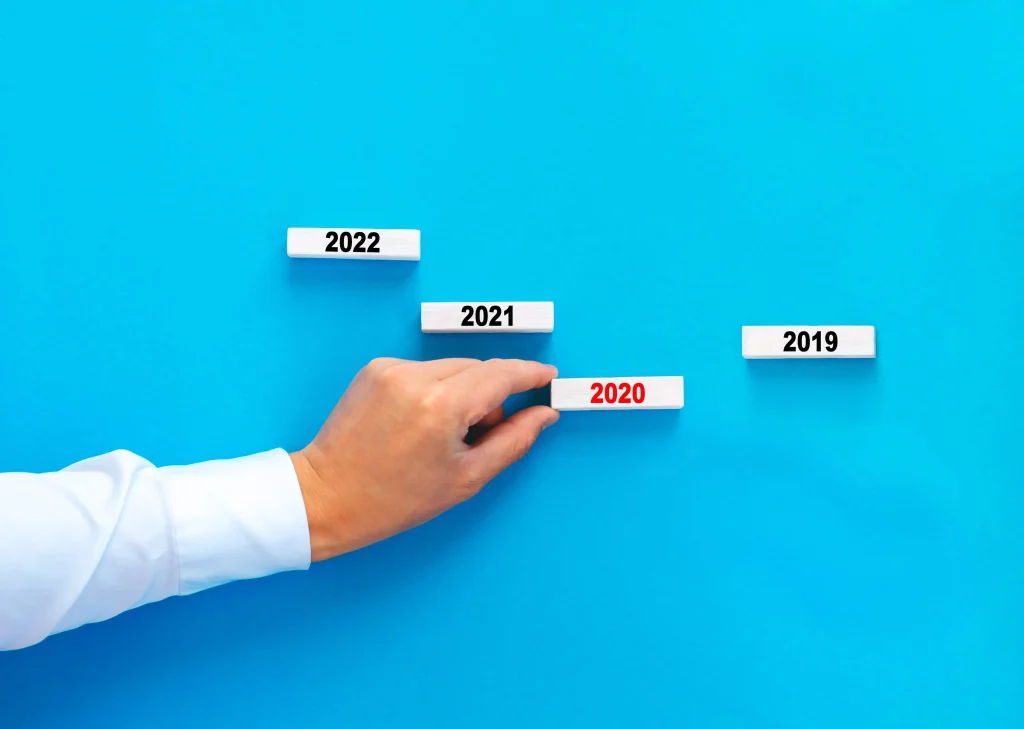
So, for example, after the 2020 recession, businesses started to transition to more digital ways to reach consumer demand since almost everyone was stuck at home. On top of that, as the world started to adapt to the pandemic and its variants through vaccines, medications, and government policies, economic activity began to reopen.
Industries like business process outsourcing spearheaded the country’s transition to a more digital and home-based working environment.
Economic recovery is often a slow and sometimes painful process that affects everyone. Luckily, recessions aren’t new, so there are numerous strategies you can take so that you can survive the upcoming recession.
Related Blog: Why Are Asian Currencies Weakening? Are We in a Recession?


